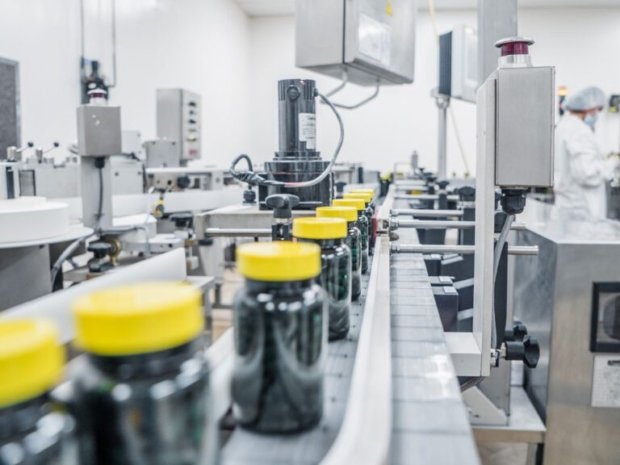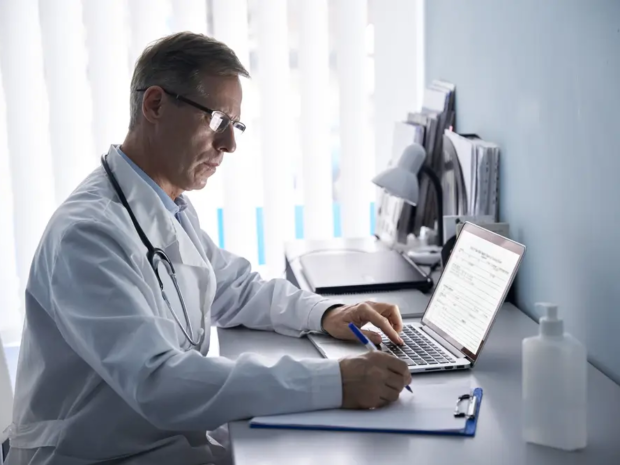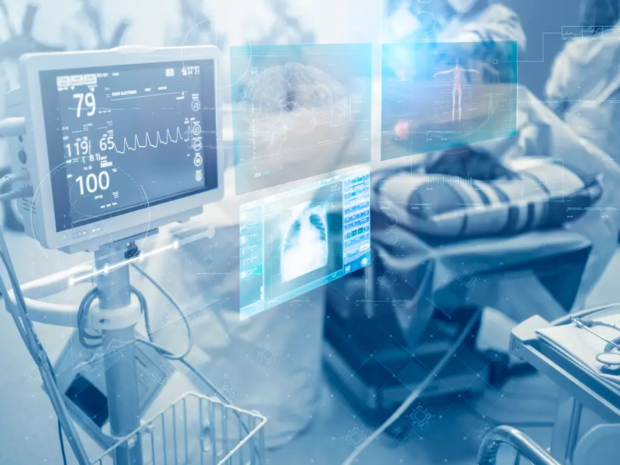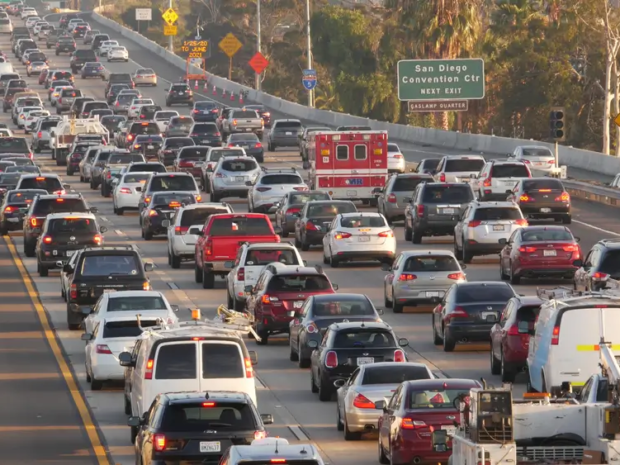Current Good Manufacturing Practices (cGMPs), found in 21 CFR Part 111, are often seen as rules to protect customers and product quality. But they also protect the people who make the products, you and your team. Whether you’re a line worker, supe
The Most Overlooked cGMP Rule for Supplement Facilities (and How to Fix It)
If you run or manage a dietary supplement facility, you're probably aware of FDA’s current Good Manufacturing Practices (cGMPs) under 21 CFR Part 111. You may have protocols for sanitation, batch records, supplier qualification, and equipment checks.
How to Report Medical Device Adverse Events: A Regional Compliance Guide (US, EU, Canada, Japan, Australia)
Medical device safety depends on fast and accurate reporting of adverse events, especially when someone is harmed or nearly harmed while using a device. This guide explains how manufacturers, importers, and distributors must report these events in ma
Causality in Device Events: What the Data Shows About User Error vs. Device Defect
When medical devices fail, a key question is “why?” Was it a device defect, misuse by the user, or something in between? Recent analyses of FDA data, including recall studies and MAUDE reports, shed light on how often user error or device defect is l
Safe Handling Practices During Product Destruction in Regulated Industries (USA)
In regulated industries, like pharmaceuticals, biotech, chemicals, and food, product destruction is a serious task. Whether the product is expired, recalled, contaminated, or simply unsellable, it must be destroyed properly. This keeps workers safe,
8 Design Control Tips Every Medical Device Team Should Follow
Design controls help medical device teams create products that are safe, effective, and meet regulatory rules. From concept to launch, following good design practices can save time, cut costs, and prevent recalls. This guide highlights eight key tips
How to Comply with the Deficit Reduction Act: A Step-by-Step Guide for Healthcare Employers
The Deficit Reduction Act (DRA) of 2005 was created to stop waste, fraud, and abuse in Medicaid programs. For healthcare employers, the law comes with clear rules about employee education, fraud prevention, and how to handle reporting.This guide brea
Defensive vs. Aggressive Driving: What Behavior Data Shows About Your Crash Risk
The way you drive says a lot about your chances of being in a crash. Are you calm and alert behind the wheel, or fast and impatient? In the U.S., aggressive driving is a leading factor in deadly crashes. On the other hand, defensive drivers tend to s
What the Law Says About Defensive Driving for Employees Using Company Vehicles
If you drive a company vehicle for work, how you drive matters, not just to your safety, but also legally. Your actions on the road can affect your employer and your own record. This guide breaks down what the law says about defensive driving for emp
Holiday Traffic and Large Vehicles: How to Stay Safe During Peak Travel Times
Holiday travel can be stressful, roads are packed, drivers are distracted, and time is tight. For those operating large vehicles like trucks, buses, RVs, or delivery vans, these conditions add even more risk.This guide explains how to drive safely du












